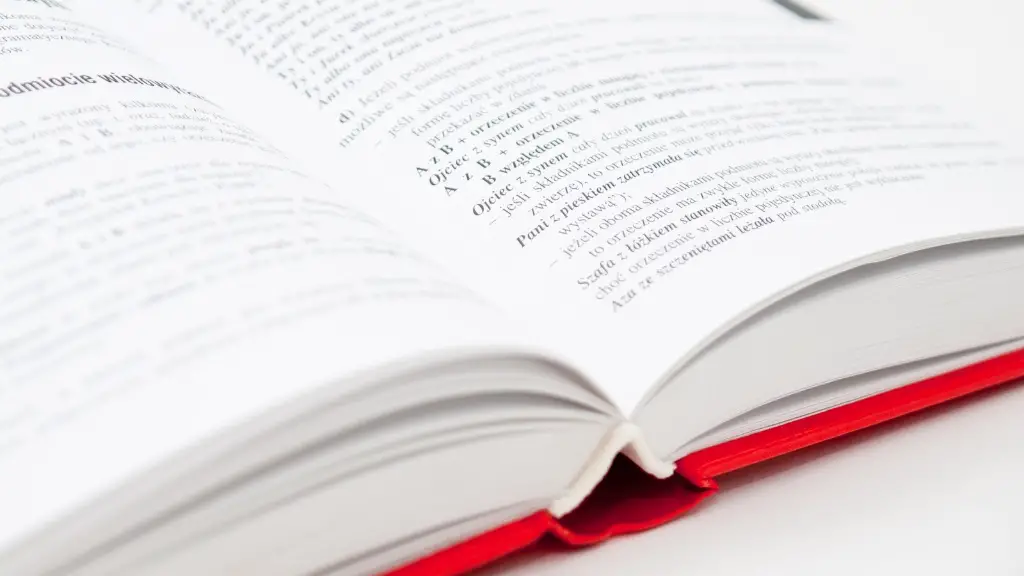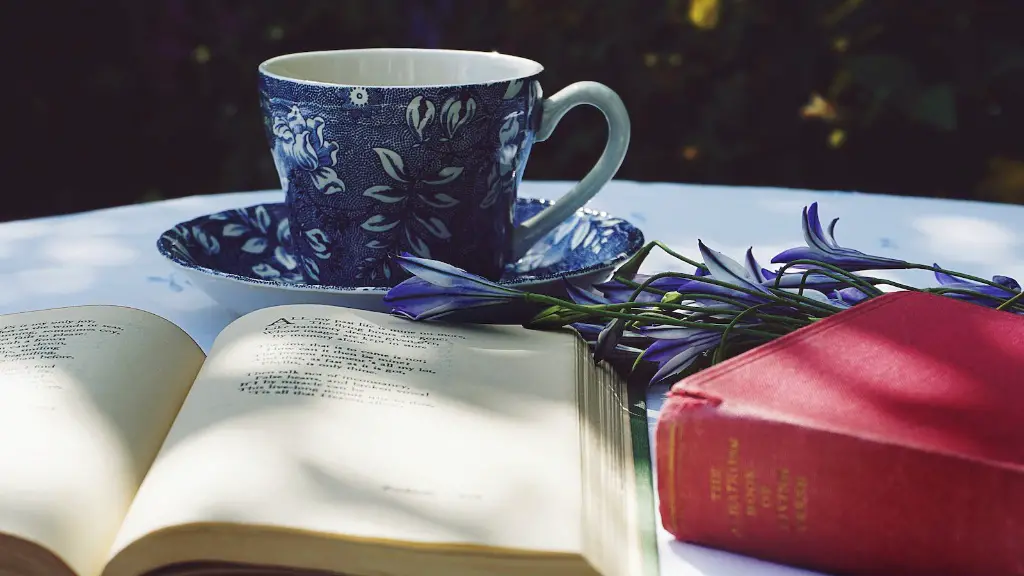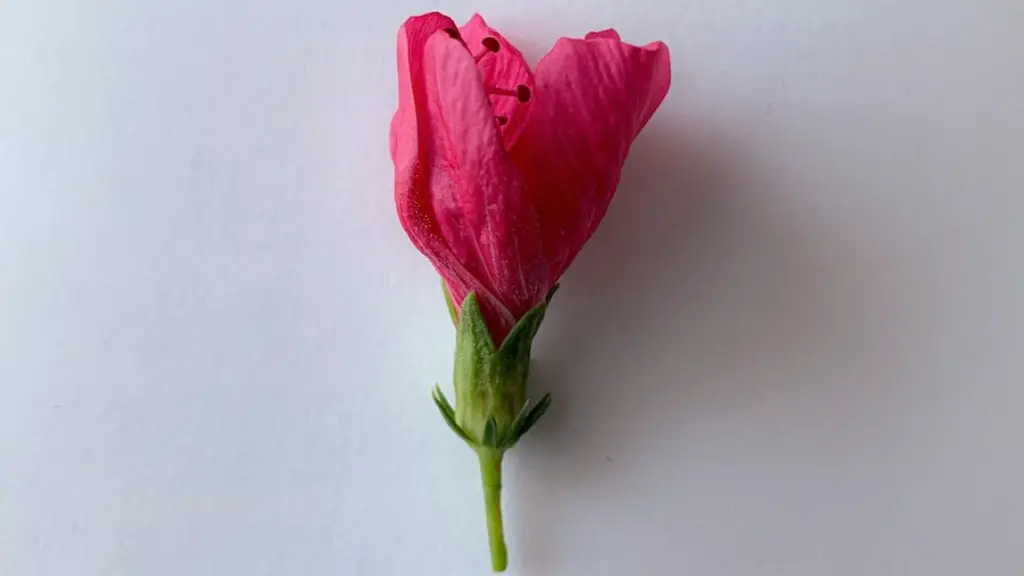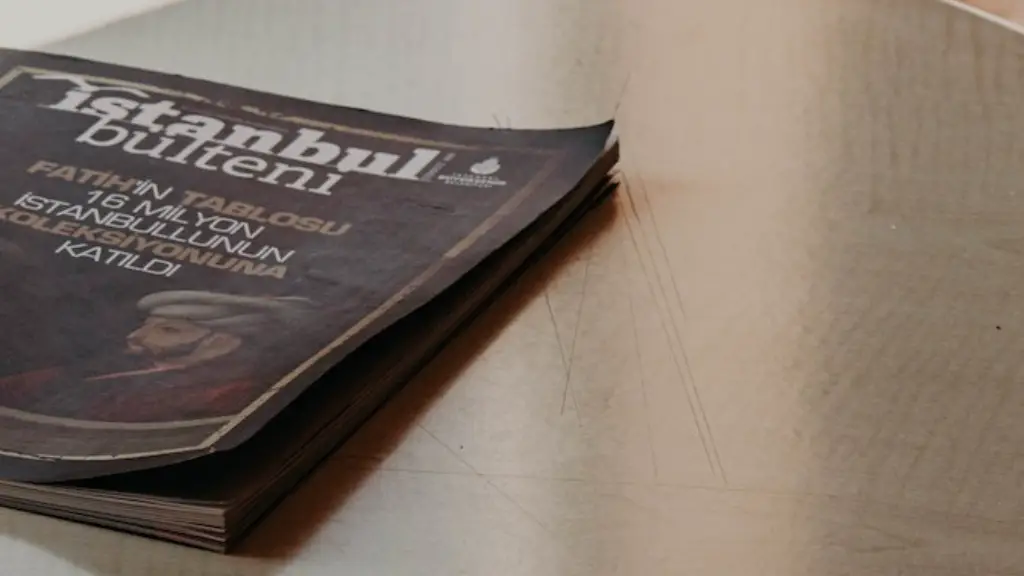What are the Differences Between Prose and Poetry?
The majority of writing falls into two broad categories: Prose and Poetry. Prose is writing composed of full sentences and paragraphs that express ideas, theories, narrative stories or opinions, while poetry is writing composed of verse, metered and rhythmic. While it’s true that both prose and poetry deal with expression, there tends to be distinct differences between the two.
The Defining Features of Prose
Prose can take many forms such as novels, short stories, biographies, articles and much more. What makes it prose is the way it is structured. Prose is composed of sentences and paragraphs that communicate ideas in a clear and logical (if not necessarily sequential) form. It may make use of figurative language and description for visual impact, but these are always subservient to the main thrust of the argument being made. Prose is predominantly narrative and usually linear, which means it can be read from start to finish with a degree of logic and consistency.
In modern times, prose tends to be the dominant form of writing for both fiction and non-fiction. It is used by authors, journalists, historians, and in many other types of writing. It can vary from the very short to the very long, from the mundane to the profound. The key thing is that it attempts to communicate through a chain of concepts that take the reader, step by step, to a conclusion.
The Defining Features of Poetry
Poetry is often seen as the more imaginative and creative of the two forms. While prose is conceptually linear, poetry is less preoccupied with logical relationships between ideas and more interested in the way ideas can be presented in a visually interesting way. Poetry often makes use of figurative language such as metaphor, simile, and personification and seeks to evoke images and emotions rather than a sequence of ideas.
One of the main defining characteristics of poetry is its use of meter and rhythm. Although contemporary poetry often diverges from traditional structures and formats, many poets still adhere to the principles of meter and rhythm. Meter is the pattern of stressed and unstressed syllables in a line, while rhythm is the frequency with which certain elements are repeated. Verses in poetry can vary from the simple couplet to complex, multiple line formats such as the sonnet.
The main purpose of poetry is to create an individual experience for the reader. By offering the possibility of multiple readings, a poem can take on a new meaning or perspective depending on who is reading it. People often find a deeper connection to poetry than they do with prose, as they can more easily project their own meaning and emotions onto the text.
Differences in Writing Style
The traditional differences in writing style between prose and poetry are perhaps the most obvious and evident. Prose is written with full sentences and paragraphs that form coherent arguments. Poetry often has a more fractured and elliptical writing style. Metaphors, similes, and alliteration are often used to communicate ideas in more potent and efficient ways in poetry.
Prose also tends to follow a narrative structure and plot arc, while poetry often eschews plot and character development to focus on the beauty and power of the language used. That being said, there are many exceptions to the rule in modern writing. For example, some contemporary poets may not use traditional meters or verse structures and may even include plot-like structures in their works.
Differences in Readability
Another key distinction between the two forms is the way they are read. Prose is usually read sequentially, from start to finish, with a clear beginning, middle and end. It may also be studied carefully, as there is often complex reasoning contained within the text. Poetry, on the other hand, is often read by scanning the lines of verse and picking out images and sources of imagery rather than following a logical thread.
Unlike prose, which often takes longer to read, poetry can be consumed quickly. This is partly because of the concentrated form of the verse, but it’s also because the imagery conjured up by the poems is often so strong that it tends to be remembered more easily than prose.
Differences in Literary Formats
Prose and poetry can also be differentiated by the formats in which they are presented. Prose can take many forms, from novels to short stories, biographies, articles, and more. Poetry, however, is almost exclusively presented in its original form, although some authors may present their works in a hybrid form that combines elements of both prose and poetry.
We’ve seen that prose is mainly composed of full sentences that communicate a concept through logical thought and linear narrative. Poetry, on the other hand, tends to be composed of verse and has a greater emphasis on imagery, metaphor, and rhythm than on a linear narrative. Consequently, there is a distinct visual difference in terms of the types of formatting used.
Differences in the Effects They Have on the Reader
The main purpose of both prose and poetry is to inspire, entertain and move the reader. Although both forms can do this in different ways, prose tends to do it by conveying complex ideas and facts. Poetry usually does it by evoking emotions and feelings that are much more immediate and visceral.
For this reason, many people have a strong emotional connection to poetry and find it easier to understand and relate to than the hard facts and logical structure of prose. Poetry also has a more universal appeal, as it speaks to more basic psychological desires and needs, while prose is more intellectual and analytical in its approach.
Differences in Intention and Purpose
Finally, the key distinction between prose and poetry is the intention and purpose behind the writing. Prose often has a clearly stated purpose and aim from the beginning, whereas poetry tends to be less goal-oriented and more open-ended. Prose is usually written to express an idea or present a logical argument, whereas poetry is often written for the sheer pleasure of expressing emotion or feelings in an imaginative and creative way.
Prose and poetry have different effects and appeal to different audiences. All forms of writing are valuable and have their own merits, but prose and poetry are two distinctly different styles of writing that require different skills and techniques.
Differences in Imagery and Meaning
An important distinction between prose and poetry is the way in which they present imagery and the level of detail they use to express meaning. Prose tends to be more direct and literal in its approach, while poetry relies more heavily on figurative language and abstract concepts. Poetry makes use of metaphor, simile and symbolism to convey its message in a way that is both vivid and powerful, while prose is often more clear and analytical in its approach.
Prose is usually used to provide facts and information, whereas poetry is more concerned with the relationship between words and their connotations, as well as their rhythm and meter. The meaning of a poem is often left up to the reader to interpret, while the meaning of a piece of prose is usually more clearly stated.
Differences in Structure and Flow
The structure and flow of prose and poetry are also significantly different. Prose tends to be linear, while poetry often relies on non-linear and non-sequential patterns. Prose often utilizes a traditional beginning, middle, and end format, while poetry often looks to form a kind of bridge between words and images to create a powerful and visceral effect. Prose is usually read from start to finish, as it follows a logical sequence, whereas poetry is often read in smaller chunks and needs to be reread in order to get the full effect.
Prose and poetry are two distinct styles of writing that have their own set of rules and conventions. They both have the potential to inspire and engage the reader, but they differ in the techniques and structures they use for this purpose. It is important to understand the differences between these two forms of writing in order to effectively utilize them to communicate ideas and emotions.





